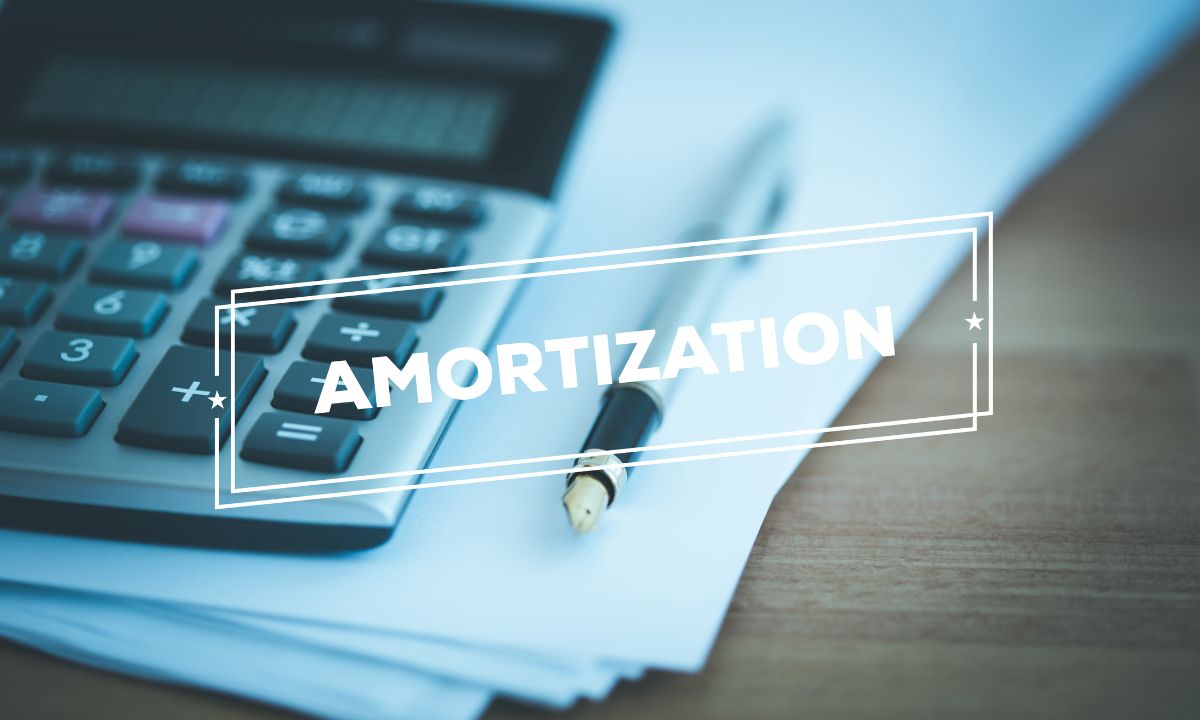Are Interest-Only Mortgages A Smart Strategy or Risky Business?
 When exploring home financing options, many borrowers are intrigued by interest-only mortgages. These loans offer the benefit of lower initial monthly payments, which can seem attractive, especially in high-cost areas or when cash flow is tight. But how exactly do they work, and are they the right fit for your financial goals?
When exploring home financing options, many borrowers are intrigued by interest-only mortgages. These loans offer the benefit of lower initial monthly payments, which can seem attractive, especially in high-cost areas or when cash flow is tight. But how exactly do they work, and are they the right fit for your financial goals?
What Is an Interest-Only Mortgage?
An interest-only mortgage allows you to pay just the interest on your loan for a set period, typically 5 to 10 years. During this time, your payments do not reduce the loan’s principal balance. Once that period ends, you begin paying both principal and interest, which often results in significantly higher monthly payments.
For example, on a $400,000 loan with a 6% interest rate, your monthly interest-only payment would be $2,000. But once the interest-only period ends, your payments could jump to over $2,800 depending on the remaining loan term.
Who Might Consider This Strategy?
An interest-only mortgage can be a strategic tool for:
- High-income earners with variable bonuses who plan to make lump-sum payments toward the principal.
- Real estate investors who plan to sell or refinance before the interest-only period ends.
- Homebuyers expecting higher future income, such as professionals early in their careers.
- Borrowers needing short-term cash flow relief who are confident they’ll be able to pay more later.
The Pros
- Lower initial payments: This can free up cash for investments, renovations, or other financial goals.
- Flexibility: You can make additional principal payments if desired, even during the interest-only period.
- Short-term ownership strategy: If you plan to move or refinance before the repayment period kicks in, this option might make sense.
The Cons
- No equity built: You won’t reduce your principal unless you make extra payments.
- Higher payments later: Once the interest-only period ends, your payments can increase significantly.
- Market risk: If property values drop, you could owe more than your home is worth.
- Loan complexity: These mortgages often come with adjustable rates, which can be unpredictable.
Should You Choose an Interest-Only Loan?
Like any financial tool, the value of an interest-only mortgage depends on how you use it. If you’re financially disciplined, have a strong long-term plan, and understand the risks, it can be a smart strategy. However, if you’re looking for a long-term solution or might struggle with higher payments down the line, a traditional fixed-rate mortgage may offer more stability.
Want to learn more about which loan type best fits your lifestyle? Let’s connect and run the numbers together.

 When selecting a mortgage, one of the most critical decisions is choosing the right amortization schedule. This choice significantly impacts your monthly payments and the total interest you’ll pay over the life of the loan. Here, we’ll compare three common amortization options: fixed, graduated, and interest-only.
When selecting a mortgage, one of the most critical decisions is choosing the right amortization schedule. This choice significantly impacts your monthly payments and the total interest you’ll pay over the life of the loan. Here, we’ll compare three common amortization options: fixed, graduated, and interest-only.